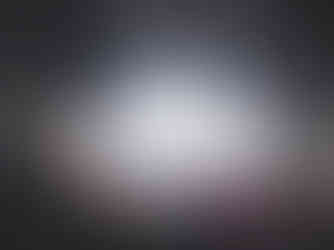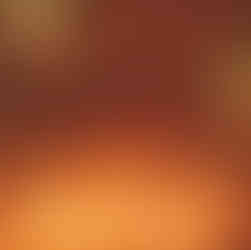Inside Metallica’s visual revolution with AV Stumpfl
- Live team

- Aug 11
- 3 min read
Eight towers, 24 LED screens and PIXERA power Metallica’s most immersive tour to date
Sponsored editorial
Metallica’s M72 World Tour isn’t just a celebration of their four-decade legacy, it’s a masterclass in how to merge rock spectacle with cutting-edge technology. With a groundbreaking in-the-round stage and the audacious ‘no repeat weekend’ format, the band has been pushing creative limits since the tour kicked off in 2023. But behind the towering LED visuals and production lies a quiet revolution: the adoption of the PIXERA media server system from AV Stumpfl.
Creative director and production designer Dan Braun envisioned something massive: eight 100ft-tall towers, each outfitted with three 50x30ft LED screens. That’s 24 discrete surfaces forming a panoramic canvas for a live audience of up to 80,000 people a night. To bring that vision to life, Metallica needed a system that could match the scale of their creativity. That’s where PIXERA came in.
The tour’s switch to PIXERA began with a live test at the Soundstorm Festival in 2023, and the results were so promising that the system became the backbone of the entire M72 video infrastructure.
“PIXERA’s rendering capabilities, especially for Notch effects, are unmatched,” says Tom Denney, media server engineer for the tour. “These boxes handle up to two simultaneous Notch effects without dropping frames, which is critical for our 38-camera set-up and dynamic visuals.”
David Leonard, the tour’s media server programmer and operator, highlights the system’s stability and interface as a game changer. “PIXERA version 25 has been great. I’ve had zero drops or restarts. The layer-based interface and tools like layer referencing make it easy to handle 50 different screen mappings per show, keeping the visuals both fresh and immersive.”
Leonard’s nightly task isn’t small. Each Metallica show’s setlist is curated from a vast discography and finalised just before the band hits the stage. That means programming a timeline for each song and building out a full cue list just in time for the lights to go down.
The backbone of the set-up is a rig of eight PIXERA servers – four main and four redundant – which ensures true one-to-one failover. “The band and creative team prioritise reliability, and PIXERA delivers,” Denney notes. “Each tower receives a 4K signal, and our utility machine handles additional outputs for festivals or broadcasts, like when we streamed to 3000 cinemas worldwide.”
Storage capacity is just as critical. Each night’s content folder weighs around 3.5TB, but PIXERA’s 16TB drives (upgradable to 60TB) make it easy to pivot between set-ups – whether it’s the main tower show or a leaner festival config, without the need to offload files.
The system doesn’t just sit in a rack backstage. It moves as part of the six custom ‘barges’ that make up the tour’s mobile video infrastructure. Fibre lines stretch from video village out to the towers hundreds of metres away, and the modularity of the barges helped the crew to move fast.
“The barges cut our server and camera set up time to under an hour, despite hundreds of cables,” Denney explains. “PIXERA’s Hub tool simplifies managing eight servers – from network configuration to fan speeds – making our workflow incredibly efficient.”
That efficiency is crucial, but the real star is the creative flexibility PIXERA allows. Video director Gene McAuliffe, who was instrumental in pushing for the system, saw its potential to transform how a live audience experiences a show.
“The system lets us play around with perspective, wrapping visuals across multiple towers or isolating them for impact. It’s about giving fans a unique view from every angle,” Leonard recalls from discussions with McAuliffe.
Denney also points to the unparalleled support from the PIXERA team as a deciding factor in the system’s success. “From Soundstorm to now, their support is the best I’ve experienced. Whether it’s a bug fix or a new feature, they’re responsive across time zones.”
Now in the middle of a ten-week US run, Metallica’s team is already thinking ahead to future shows and creative possibilities – and PIXERA is set to play a key role in bringing those plans to life.
“PIXERA feels future-proof,” Leonard concludes. “We’re already planning to adapt these files for other shows – it’s that versatile.”
To learn more about AV Stumpfl’s PIXERA, visit avstumpfl.com/en/pixera
This feature was first published in the Jul/Aug 2025 issue of LIVE.




















